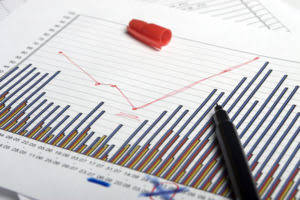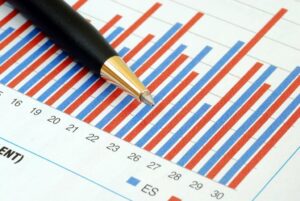
In essence, it assists a company in making profitable business decisions. It is usually made up of variable costs, which change in line with the volume of production. Incremental cost includes raw material inputs, direct labor cost for factory workers, and other variable overheads, such as power/energy and water usage cost.
Uses for Incremental Analysis
The reason for the relatively small incremental cost per unit is due to the cost behavior of certain costs. For example, when the 2,000 additional units are manufactured most fixed costs will not change in total although a few fixed costs could increase. Long-run incremental cost (LRIC) is a forward-looking cost concept that predicts likely changes in relevant costs in the long run. It includes relevant and significant costs that exert a material impact on production cost and product pricing in the long run.
Concepts Incorporated Into Incremental Analysis

Marginal cost represents the incremental costs incurred when producing additional units of a good or service. It is calculated by taking the total change in the cost of producing more goods and dividing that by the change in the number of goods produced. From the above information, we see https://www.bookstime.com/ that the incremental cost of manufacturing the additional 2,000 units (10,000 vs. 8,000) is $40,000 ($360,000 vs. $320,000). Therefore, for these 2,000 additional units, the incremental manufacturing cost per unit of product will be an average of $20 ($40,000 divided by 2,000 units).
When to Use Incremental Cost Analysis
They can include the price of crude oil, electricity, any essential raw material, etc. The calculation of incremental cost shows a change in costs as production expands. Analyzing production volumes and the incremental costs can help companies achieve economies of scale to optimize production. Economies of scale occurs when increasing production leads to lower costs since the costs are spread out over a larger number of goods being produced. In other words, the average cost per unit declines as production increases. The fixed costs don’t usually change when incremental costs are added, meaning the cost of the equipment doesn’t fluctuate with production volumes.
What Is the Benefit of Incremental Analysis?

It encompasses a broad spectrum, including the initial investment in new facilities and production lines, hiring more staff, purchasing additional supplies, and other overhead expenses. It can be of interest to determine the incremental change in cost in a number of situations. For example, the incremental cost of an employee’s termination includes the cost of additional benefits given to the person as a result of the termination, such as the cost of career counseling.
Incremental costs are also used in the management decision to make or buy a product. Some custom products might not be readily available for the business to buy, so the business has to go through the process of custom ordering it or making it. Incremental incremental cost Cost captures all pertinent costs impacted by the choice to increase production beyond a simple analysis of changes in variable costs. This holistic viewpoint is especially important for companies deciding on production levels strategically.
- It is usually made up of variable costs, which change in line with the volume of production.
- Since the fixed cost is being incurred regardless of the proposed sale, it is classified as a sunk cost and ignored.
- At EY, he focuses on strategy, process and operations improvement, and business transformation consulting services focused on health provider, payer, and public health organizations.
- It simply computes the incremental cost by dividing the change in costs by the change in quantity produced.
- The example below briefly illustrates the concept of incremental analysis; however, the analysis process can be more complex depending on the scenario at hand.
- Striking the right balance between overproduction and underproduction ensures efficient resource utilization.
The Difference Between Cost vs. Price
- When incremental costs contribute to the rise in product cost per unit, the company may decide to raise the product’s price.
- At each level of production and during each time period, costs of production may increase or decrease, especially when the need arises to produce more or less volume of output.
- Long-run incremental cost (LRIC) is a forward-looking cost concept that predicts likely changes in relevant costs in the long run.
- The use of incremental analysis can help businesses identify the potential financial outcomes of one business action or opportunity compared to another.
- Incremental cost determines the change in costs if a manufacturer decides to expand production.
- It is calculated by taking the total change in the cost of producing more goods and dividing that by the change in the number of goods produced.
